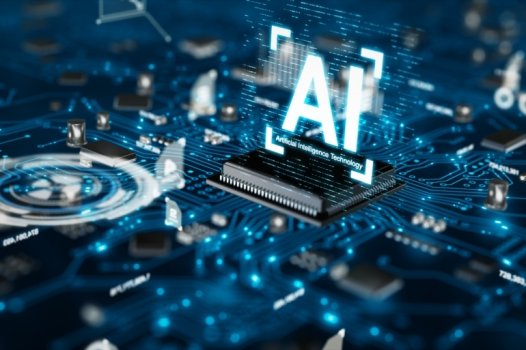A Vision For The Next Generation Of The World Wide Web
- Technology Solutions
- 0 Replies
When Tim Berners-Lee and colleagues developed upon the work started by ARPANET with TCP/IP, they gave us back in 1990 the basis of the modern internet that we see today. As with all life-changing technologies, this was developed further, and by 1999, “Web 2.0” was a term that was becoming common usage. Web 2.0 heralded the participative web and social web, where user-generated content, ease of use and participatory and interoperability became prominent. This saw the rise of compatibility with other products and devices to give a cohesive experience and more power to the web. This compatibility has been accelerated by the need for more information to be stored in machine-readable formats. We now have the first discussions around Web3 taking place, but what will this mean for the global business landscape and future iterations of the web?
Essentially Web3 focuses now on peer-to-peer interactions and a fully integrated and networked commerce infrastructure, which, in turn, will be a societal driver. Web3 is intended for large enterprises through applications that benefit from blockchain-enabled technologies and the benefits derived from social and gaming business models.
Let’s take a dive into the differences and the benefits we might expect.
In previous iterations of the web, we have seen a largely centralized infrastructure. This was for a number of reasons, as the internet grew to what we have today and was focused on allowing readers to be writers as well. One of the key premises of Web3 is to give any participant their own power and control away from a centralized experience.
Continue reading: https://www.forbes.com/sites/forbestechcouncil/2022/05/12/a-vision-for-the-next-generation-of-the-world-wide-web/?sh=18a8a4222799
Essentially Web3 focuses now on peer-to-peer interactions and a fully integrated and networked commerce infrastructure, which, in turn, will be a societal driver. Web3 is intended for large enterprises through applications that benefit from blockchain-enabled technologies and the benefits derived from social and gaming business models.
Let’s take a dive into the differences and the benefits we might expect.
In previous iterations of the web, we have seen a largely centralized infrastructure. This was for a number of reasons, as the internet grew to what we have today and was focused on allowing readers to be writers as well. One of the key premises of Web3 is to give any participant their own power and control away from a centralized experience.
Continue reading: https://www.forbes.com/sites/forbestechcouncil/2022/05/12/a-vision-for-the-next-generation-of-the-world-wide-web/?sh=18a8a4222799
























